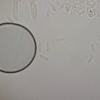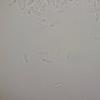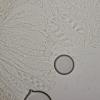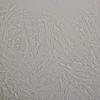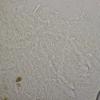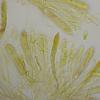
09-01-2026 17:41
Arnold BüschlenHallo, F. dilatata wird von vielen Bryoparasiten

10-01-2026 20:00
Tom SchrierHi all,We found picnidia on Protoparmeliopsis mur

07-01-2026 22:22
 Danny Newman
Danny Newman
Tatraea sp. on indet. hardwood The Swag, Great Sm

10-01-2026 01:18
 Danny Newman
Danny Newman
cf. Neovaginatispora fuckelii on indet. shrub Pre

07-01-2026 10:24
 Danny Newman
Danny Newman
Pezicula sp. on indet. hardwood Appalachian Highl

09-01-2026 10:08
 Blasco Rafael
Blasco Rafael
Hola, en el mismo habitat que la anteriorRetamaDia

08-01-2026 21:22
 Blasco Rafael
Blasco Rafael
Hola, He recogido esta muestra de Orbilia sobre Re

07-01-2026 17:29
 Marc Detollenaere
Marc Detollenaere
Dear Forum,On a barkless Populus I found some smal

10-11-2021 17:33
 Riet van Oosten
Riet van Oosten
Add-on topic http://www.ascofrance.com/forum/7059

07-01-2026 10:05
 Danny Newman
Danny Newman
cf. Chaetospermum on XylariaCosby Campground, Grea

on Jan 19th 2020, I found some pinkish ascomycetes at the base of dead stems of Heracleum mantegazzianum in the Leyerbachtal in Remscheid, Northrhine-Westphalia, Germany.
Asci with croziers, hemiamyloid.
Spore size (12.9-15.1) µm x (4.5-5.4) µm, mature spores septate once or twice (if twice, the spore is divided in a ration of 1:1:2), spores are surrounded by a hyaline gelatinous material.
Hairs are massive and sharply pointed.
I already posted this in another Forum at https://www.pilzforum.eu/board/thread/47220-mab-exkursion-leyerbachtal-20-01-20-teil-2 where you can find more pictures (all in full resolution). It was suggested that this might be something close to what can be found in Zottos Iridinia-Hyalocrotes folder. Any ideas or thoughts?
Best,
Björn









